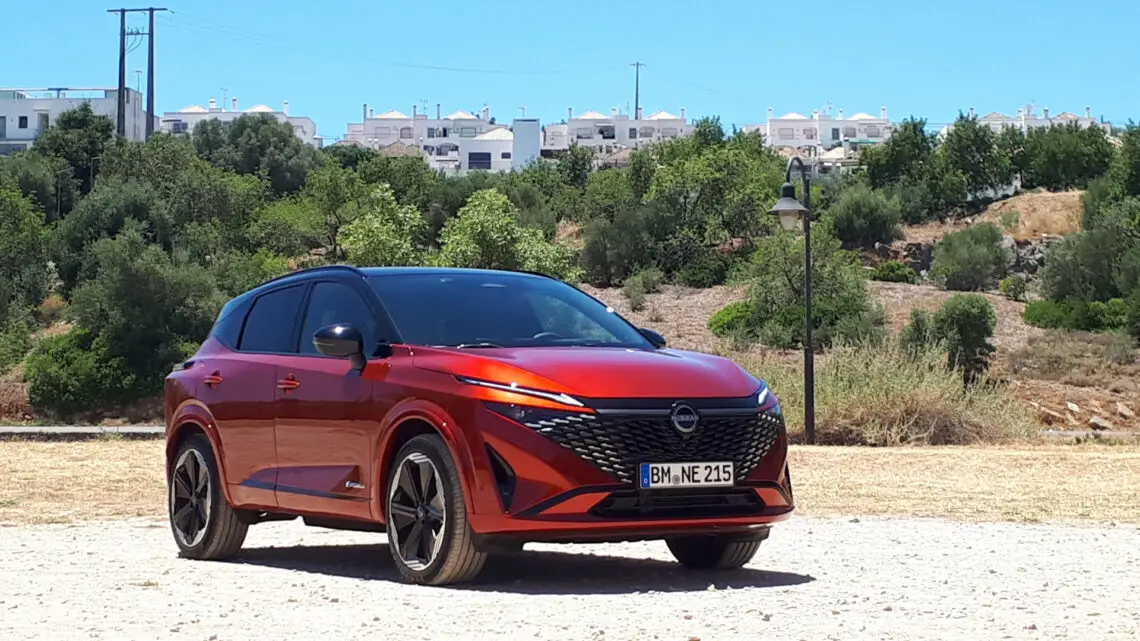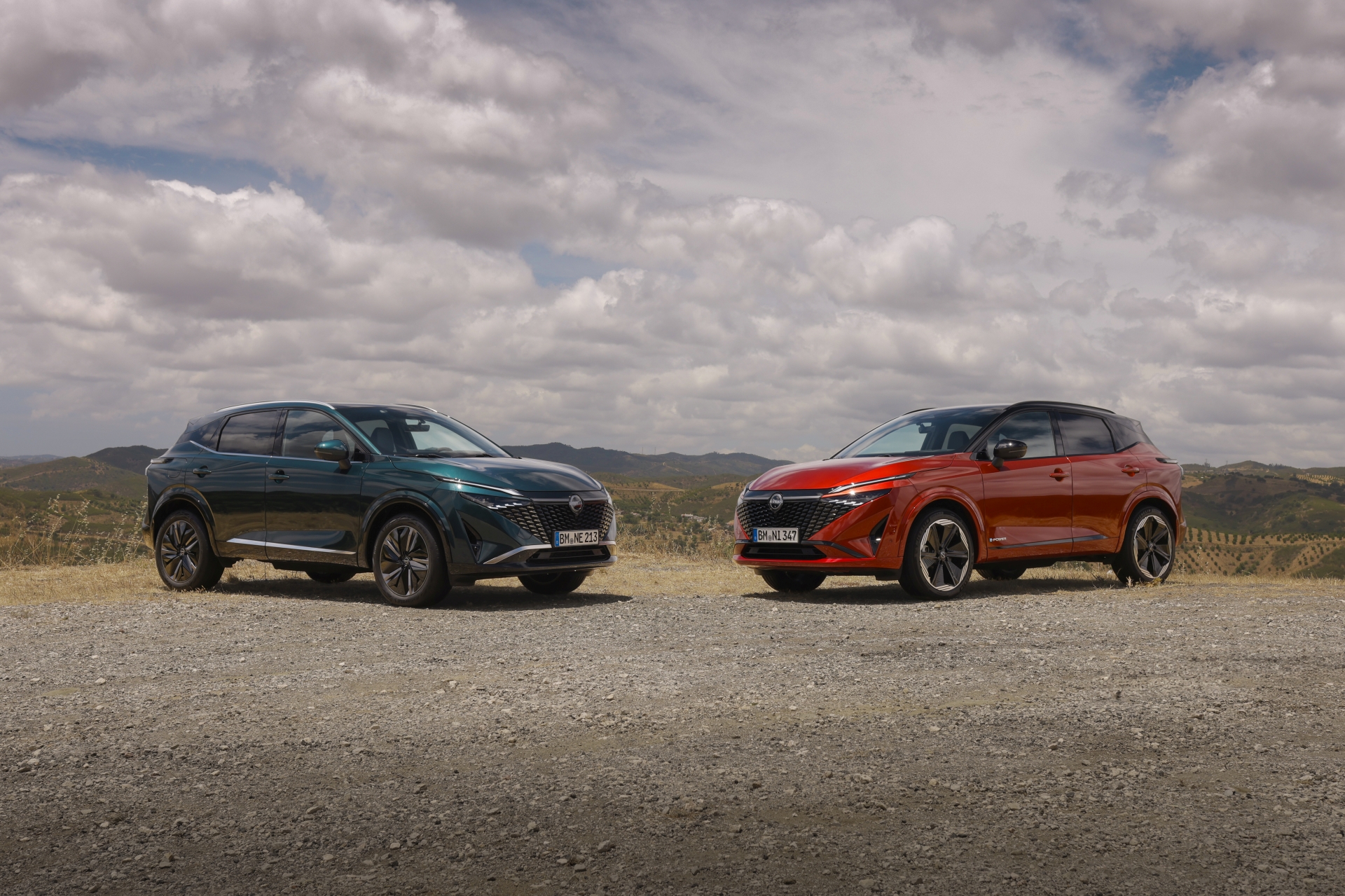Review – Nissan Qashqai (2024)
The current, third-generation Nissan Qashqai entered the market in 2021 and by no means appeared outdated. In the compact SUV segment, however, competition is fierce. That is why Nissan is providing the Qashqai with a facelift “right now” to bring the car up to date.
What’s new about the 2024 Nissan Qashqai?
What first stands out is the redesigned front end. The grille is much larger and seems to merge with the headlights. Depending on the trim level, glossy elements in the grille enhance that effect. At the rear, the changes are more subtle, with “gray” taillights that illuminate red only when activated. In the interior you will find an improved choice of materials, with even alcantara upholstery depending on the trim level. Furthermore, the infotainment and driving assistants received a major update. The N-Design has been added to the lineup as a new trim level between the N-Connecta and Tekna. The N-Design is the red one in the photos accompanying this review. You can read more about the facelift changes here. Now we are going to experience them in practice.
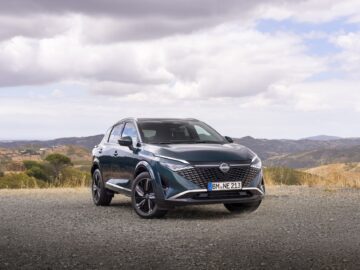
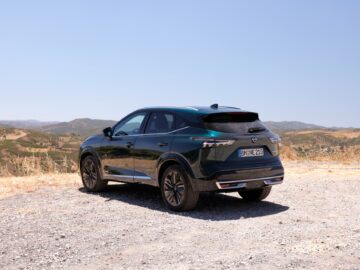
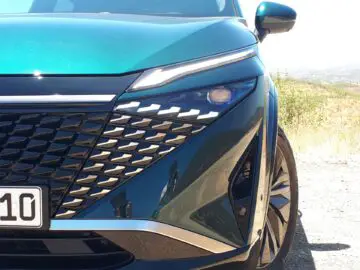

Interior and infotainment
Admittedly, of the improved material, you notice something mainly if you were to enter directly from the “old” model. By this we mean to say: there was already nothing wrong with the materials and workmanship. The new materials, such as the optional alcantara, also have a pleasant feel. Strengths such as the generous interior space of the outgoing Qashqai have, of course, been retained. The infotainment system of the outgoing model was already good, but in that area the improvements in the new Qashqai are immediately noticeable.
The new system has a larger screen, sharper graphics and fast intuitive operation. Like operating a large tablet. Google Assistant was already part of infotainment, but now expanded to include Google Automated Services. Also, navigation now runs on Google Maps. If you still prefer to use maps from Waze or other non-Google services, you can just do that too. Just like a tablet, you can install apps for it. Also included are Amazon Alexa services, as well as NissanConnect Services. Thus, the infotainment can be customized to your liking in several ways.
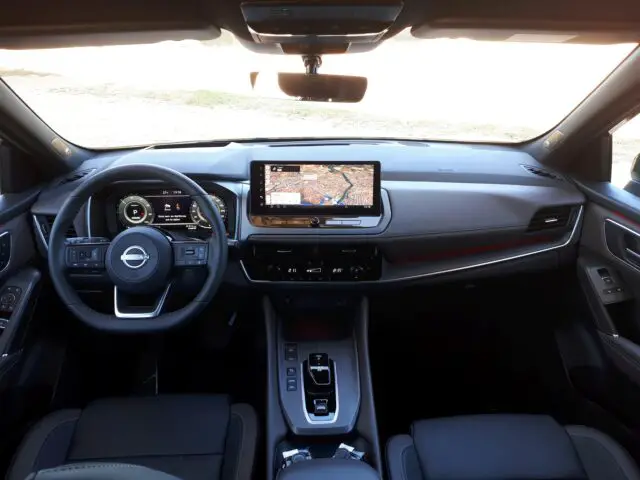

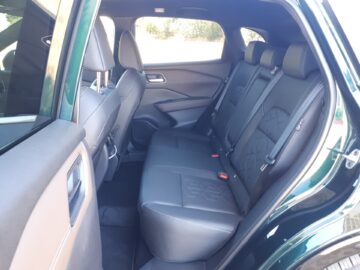
We really only have one criticism: the high-gloss black bezel with buttons at the bottom of the central touchscreen sometimes annoyingly reflects sunlight. The test drive did take place near Faro, Portugal, so perhaps it was due to the high Portuguese sun. The pre-facelift Qashqai had a similar edge and we didn’t suffer from it there.
Engines 2024 Nissan Qashqai
The engine range has not been tinkered with. Still standard is a 1.3-liter mild hybrid gasoline engine with your choice of 103 kW (140 hp) or 116 kW (158 hp), combined with a six-speed manual transmission and front-wheel drive. The more powerful version can be optionally combined with a CVT automatic transmission. The top motorization is the Qashqai e-Power. Thereby, a 140 kW (190 hp) electric motor provides the drive and an equally powerful 1.5-liter three-cylinder gasoline engine generates the required power. So that works a little differently from most hybrids.
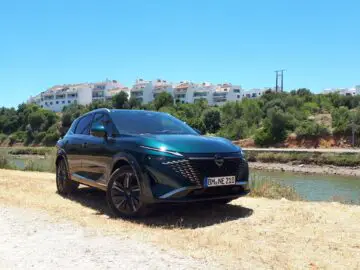
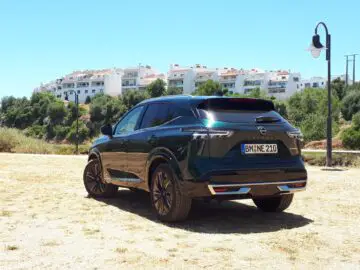
Driving characteristics
Nissan has prepared a Qashqai e-Power for us. Nothing has changed about the powertrain, so neither has the driving experience. However, the test drive does remind us once again what a fine powertrain that e-Power is. It is a hybrid, but because the wheels are always driven by the electric motor, you experience the same immediate response to the accelerator pedal as in an EV. Uphill on the highway, the fuel engine still wants to rev quite a bit to generate enough power, but under all other conditions it does its job nicely quietly. When driving slowly, you can hardly even hear if the gasoline engine is active.
At the end of our test drive, we ended up with exactly the factory reading of 5.2 l/100 km (WLTP). A fine achievement, although of course one can wonder to what extent a hilly route through the Algarve is representative of Dutch mileage. Although stretches of climbing are again offset by descents (and associated energy recovery), they remain different conditions. All other engine variants (somewhat depending on trim level) have an average WLTP consumption of 6.3 l/100 km.

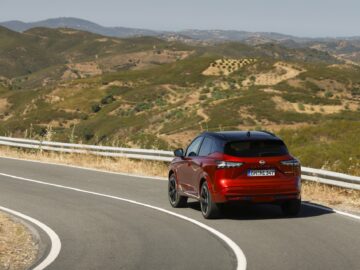
Ride comfort is good. Any unevenness in the road surface is virtually eliminated. The suspension tuning is comfortable without being too soft, just right. In addition, the Qashqai offers fine steering feel, with a pleasant heaviness in the steering. Despite the comfort-oriented suspension, it is fine driving on the Algarve’s winding roads, even if you do so somewhat “at pace.
Assistance systems
What did change are the assistants you have on board while driving. Some are welcome, like the revamped parking assistants. New, for example, is a 3D function for the Around View Monitor (360-degree camera). In addition to the view from above, you can now virtually walk around the car to view any obstacles. Do you need to cross a narrow bridge or do you want to put it as close to the sidewalk as possible? There is even a camera mode that allows you to look “through” the car to see the exact position of the front wheels. Optionally, you can also make the Nissan Qashqai fully self-parking, but that was also possible before the facelift. Handy for obscure exits is the 200-degree front camera.

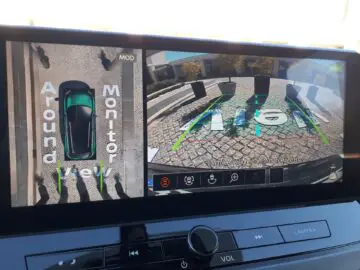
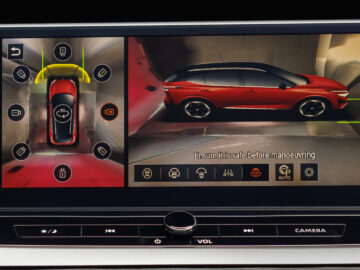
Less welcome is the addition (required by law) of the warning for exceeding the speed limit. It already sounds the alarm when you drive “too fast” at 1 km/h for more than a second. As expected, this is very irritating. Fortunately, Nissan itself knows this and makes it easy to turn it off. The first time, you still have to enter a menu to enable or disable all the “driving assistants” as desired. On the next trip, everything is automatically enabled again (because it is required by law), but you can recall your selection with a hotkey. That way, with two button presses, everything is set to your liking again, instead of having to enter a menu every time. Too bad, though, that if you disable the speed alert, you also no longer get to see what the current speed limit is.

2024 Nissan Qashqai costs the same
With all these innovations, it must have gotten more expensive again? Well, no so. The price list still starts at 39,040 euros for a Nissan Qashqai Acenta with the 103 kW (140 hp) base engine. Equipment level N-Connecta still comes from 41,490 euros and the Tekna from 43,590 euros. The new N-Design joins it at also 43,590 euros.
Even when we look at the engines, we do not see a price increase. The more powerful mild hybrid comes again from 41,040 euros, or from 42,540 euros with CVT automatic transmission. The Qashqai e-Power has exactly the same starting price, so as far as we’re concerned it’s an obvious choice to go for the e-Power if you don’t want to shift gears yourself. Then you have more power and yet lower consumption.
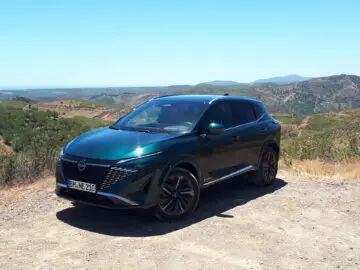

Conclusion
Whether the new design is an improvement is subjective. In any case, the remaining adjustments can only be seen as a step forward. The nicer materials have a high-quality look and the updated infotainment (including the 360-degree view of the parking assistants) is very pleasant to use. At the same time, strong qualities such as the spacious interior, fine handling and e-Power powertrain have been retained. As a bonus, the facelift does not even bring a price increase.
